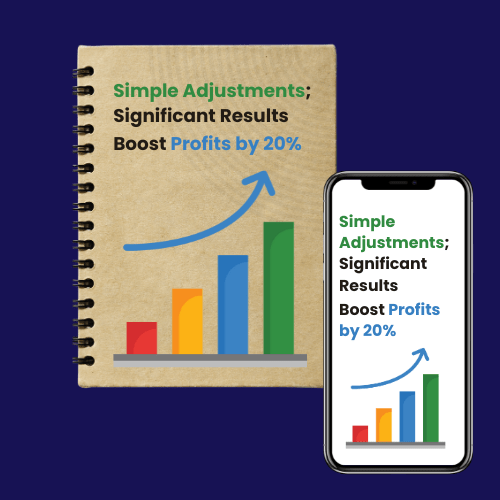Introduction
Success in business doesn’t happen by chance—it requires a clear vision and well-defined goals. Entrepreneurs who take the time to set a strong foundation with a compelling vision and strategic goals are more likely to achieve sustainable growth. Without a clear direction, businesses can struggle with inefficiency, lack of motivation, and missed opportunities.
In this article, we’ll explore why vision and goal-setting are critical in business planning and how they contribute to long-term success.
1. Vision: The Foundation of Business Success
A business vision is more than just a statement—it’s the driving force behind every decision and action. It defines the purpose of your business, where you want it to go, and the impact you aim to create.
Why a Strong Vision Matters:
- Provides Direction: A clear vision ensures that your business stays focused on long-term objectives.
- Inspires and Motivates: Employees, stakeholders, and customers are more likely to engage with a company that has a compelling mission.
- Guides Decision-Making: When faced with tough choices, your vision acts as a roadmap, ensuring alignment with your ultimate goals.
A strong business vision keeps you grounded, ensuring that every strategy and investment aligns with your long-term purpose.
2. Goal-Setting: Turning Vision into Reality
While a vision sets the big picture, goal-setting breaks it down into actionable steps. Goals create a structured path to success by making objectives measurable and attainable.
Key Benefits of Goal-Setting in Business Planning:
- Improves Focus and Efficiency: Goals help prioritize tasks, ensuring that time and resources are used effectively.
- Measures Progress and Success: Tracking progress against goals allows businesses to make necessary adjustments.
- Enhances Accountability: Setting clear goals encourages responsibility among team members and leadership.
3. How to Set Effective Business Goals
To maximize the impact of goal-setting, businesses should follow the SMART framework:
- S – Specific: Clearly define what you want to achieve. (e.g., Increase sales by 20% within six months.)
- M – Measurable: Ensure progress can be tracked with quantifiable results.
- A – Achievable: Set realistic yet challenging goals.
- R – Relevant: Align goals with your business vision and market needs.
- T – Time-Bound: Set deadlines to maintain urgency and focus.
By implementing SMART goals, businesses can create a structured and realistic plan for growth.
4. Aligning Vision and Goals for Sustainable Growth
For business success, vision and goal-setting must work together. A strong vision provides inspiration, while goals translate that inspiration into actionable steps.
How to Align Them Effectively:
- Regularly review and refine business goals to stay aligned with the vision.
- Communicate the vision and goals clearly to employees and stakeholders.
- Track progress and celebrate milestones to maintain motivation.
Conclusion
Vision and goal-setting are essential components of business planning. A strong vision provides direction and purpose, while well-defined goals ensure that strategies are executed effectively. Entrepreneurs who prioritize these elements are more likely to achieve sustainable success, adapt to challenges, and build a thriving business.


